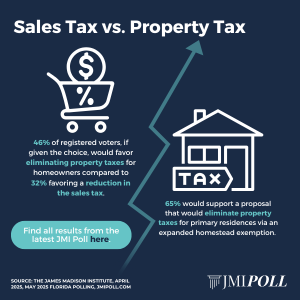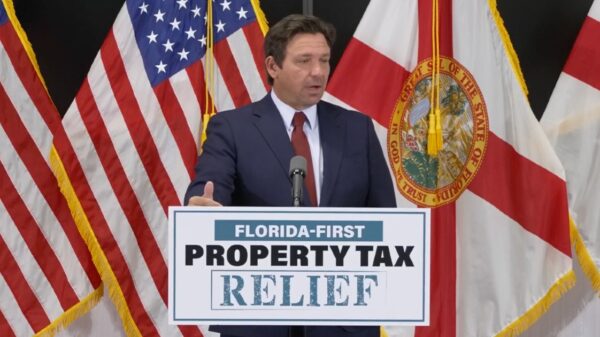Op-Ed by Doug Wheeler
Florida’s housing affordability crisis continues to adversely affect families and workers, with many Floridians struggling to find attainable housing options. A recent backgrounder by The James Madison Institute (JMI), “Assessing Florida Local Government Impact Fees: 2024-2025,” sheds light on how local impact fees and other land-use regulations contribute to this pressing issue. While these fees aim to ensure that new growth doesn’t burden existing residents, the report highlights how their design and implementation can inadvertently exacerbate housing affordability issues, particularly for low- and moderate-income families.
Understanding Impact Fees and Their Consequences
Impact fees are charges imposed by local governments on new developments to fund community and infrastructure needs like roads, parks, emergency services, schools, and other amenities. While intended to support community growth, these fees often have unintended consequences. Previous JMI research indicates that impact fees can increase the price of new and existing homes by approximately $1 for every $1 of fees imposed.
Moreover, these fees tend to be regressive, disproportionately affecting lower-income households. Smaller, more affordable homes incur a larger proportional burden of impact fees, making homeownership increasingly unattainable for many Floridians. For households on the economic margins of homeownership, even modest fees can make purchasing a home unattainable, especially when these fees are fully capitalized into the sales price—a likely scenario in tight housing markets.
Beyond their regressive nature, poorly structured impact fees also deter the construction of new affordable housing. High or unpredictable fees increase development costs, leading builders to focus on higher-end projects that are more profitable, thereby reducing the overall housing supply.
Right Sized Solutions
To mitigate the negative effects of impact fees on housing affordability, the backgrounder suggests several reforms for consideration:
· Scale Fees Appropriately: Flat fees incorrectly assume all developments exert the same impact on public facilities, so fees should be tied to the size of the unit rather than a flat rate, reducing the regressive impact on smaller, more affordable homes.
· Link Fees to Actual Costs: Ensure that impact fees reflect the marginal cost of development to municipalities, promoting fairness and efficiency. This way, the fees will act like a user fee and minimize any negative effects on development. Fees that are linked to the size of the unit are more likely to support proportionality.
· Enhance Transparency: Make fee calculation formulas easily accessible to reduce uncertainty for builders and buyers. Once the formula for calculating impact fees is established, a fee schedule should be calculated and made public. The schedule should be easy to understand, up to date, and be relatively stable. A schedule with these characteristics makes it easier for developers to plan projects by reducing uncertainty.
· Assess Fees Early: Assessing fees at the time of application can reduce uncertainty, as significant lags occur between application dates and issue dates. Municipalities should assess impact fees at the time of application and not apply any subsequent changes retroactively.
While well-intentioned, government policies such as impact fees and land-use restrictions can have unintended consequences that exacerbate Florida’s housing crisis. As Florida contends with housing affordability issues, it’s imperative to reassess policies that inadvertently hinder access to housing. By implementing thoughtful reforms to impact fees, among other land-use regulations, local governments can encourage a development environment where more Floridians will have opportunities to achieve homeownership.
Doug Wheeler is the director of the George Gibbs Center for Economic Prosperity at The James Madison Institute.




















